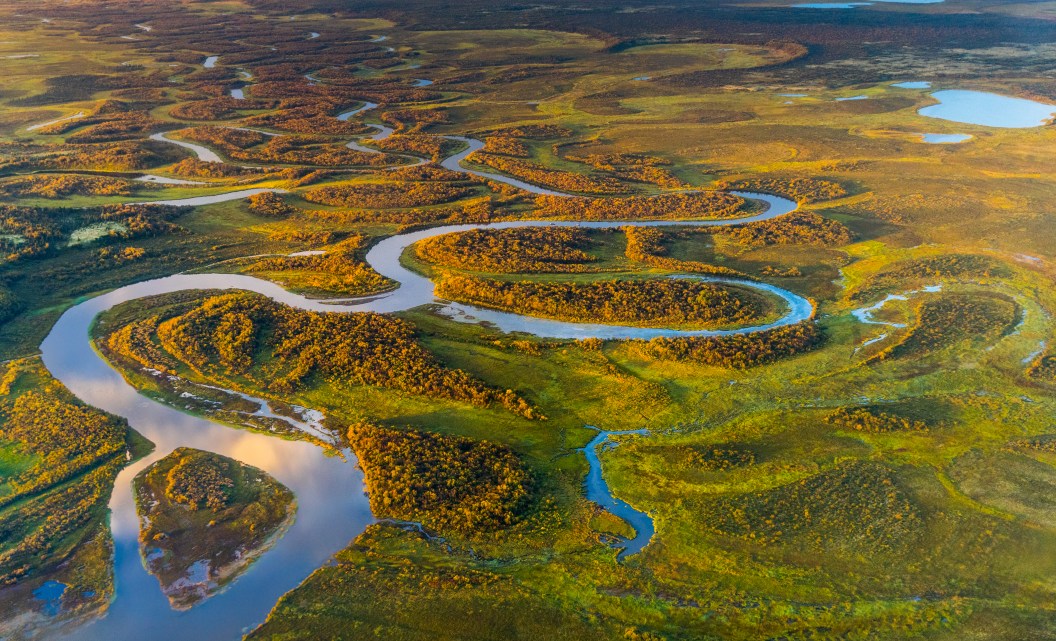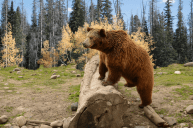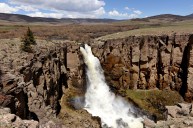Incredible moose hunting opportunities, fly fishing the likes you've only dreamed of, dark skies, and northern lights— Alaska is the dream for just about any remote, backcountry trip you can think of. And it's all thanks to the ample wilderness of the Far North, which the U.S. has long worked to protect through conservation efforts and legislation. Unfortunately, the federal government is now considering opening up this wilderness to fossil fuel extraction and mining.
What's Happening with Alaska's D1 Lands?
Nearly 30 million acres of Alaska wilderness—a cumulative area 12.5 times the size of Yellowstone National Park—are currently at risk of having their federal protections removed by the same government that originally protected them. The Bureau of Land Management (BLM) has recently released a draft environmental impact statement (EIS) that analyzes the effects of opening the 28 million Alaska acres (known as the D-1 Lands) to extractive industries such as mining and fossil fuels.
The D-1 Lands—which are spread across Alaska but mostly concentrated in remote, roadless western Alaska—were originally protected from mining, oil, and gas development under the 1971 Alaska Native Claims Settlement Act. Under a section known as 17(d)(1) (which is where the D-1 Lands get their name), the interior secretary was given the authority to set aside land in Alaska in order to protect subsistence ways of life, wildlife, and cultural relationships with the land.
Since then, the 28 million acres of D-1 Lands have protected areas of Alaska such as the Brooks Range and Bristol Bay, as well as over 5,000 miles of salmon streams and the habitats of three of North America's largest caribou herds. It's also home to numerous Alaska Native villages and tribal homelands, and many of the residents rely on the land for their subsistence. Despite this, the BLM believes that the original purpose of the protections is no longer applicable.
It's not the first time this wilderness has been under threat. Under the Trump administration, Interior Secretary David Bernhardt opened over 11 million acres of Alaskan wilderness to mining without ever asking for the public's opinion. The Trump administration tried to remove protections from a further 28 million acres, but the Biden administration found the plan to be legally flawed. The BLM's new EIS is in response to this finding, and examines how the 28 million acres should best be used, whether it's for preservation or development.
Public Comment Period Is Open
Opening the D-1 Lands to extractive industries would not only negatively affect the wildlife, it would also jeopardize the food security and cultural traditions of Native Alaskans. Nearly 80 Native Alaskan tribes have asked the Biden administration to keep the D-1 protections in place. They are joined by a coalition of conservation groups also asking for protections to remain in place.
The BLM is seeking public comments on the draft EIS, due by Feb. 14. Comments can be submitted through the BLM portal. Following the public comment period, a final report leading to a decision on the D-1 Lands is expected this summer.
If the BLM opens the D-1 Lands, it will be one of the largest openings of public land to extractive industries in U.S. history.
READ MORE: A Guide to Alaska's Best Fishing Opportunities




